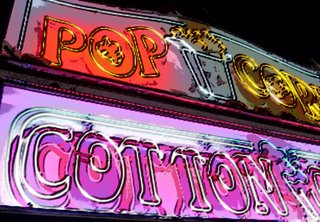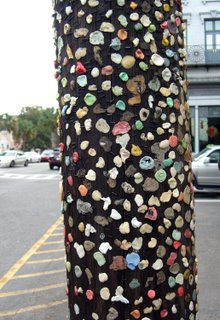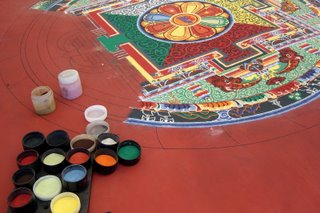Carnival Sign
All over the country, the summer night is alive with carousel music and the squeals of kids spinning round in the Tilt-a-Whirl. Popcorn and funnel cakes scent the air. The multicolored glow of the rides and games of chance invites us into a temporary world of fun. The Arlington County Fair is tiny. The only "livestock" are the racing pigs and the petting zoo. The hokey yet homey quality of our fair is a large part of its charm. I love the most old-fashioned versions of the brightly-lit signs at the fair. Who knows how many more summers on the road these old signs can endure? Eventually each one may be replaced by a snazzier, but less evocative new version I took this photo using the "Illustration" setting built into my Casio Z-850 camera. I love this camera! Instant gratification---no Photoshop necessary.




